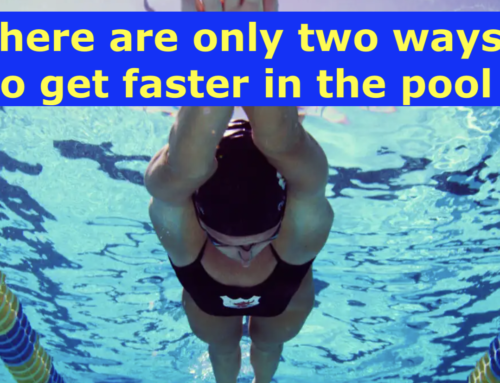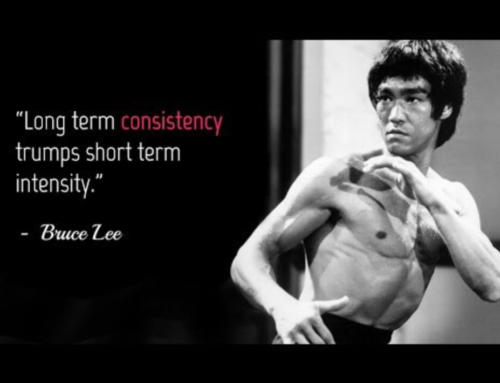I’ve been a fan of the 80/20 training method for quite a while now. My conversion started when I read Primal Endurance about 10 years ago and then sped up after listening to Stephen Seiler, and chatting with Phil Maffetone about the Maffetone Method. There are other approaches, most notably the pyramidal option, but the 80/20 method seems like the perfect choice for the majority of athletes because it really helps build consistency and longevity. I’ll come back to this point later.
The Maffetone Method and 80/20 are not the same, but the principles of training easy or hard are similar. Using the approach felt very different to the training I had done when I was starting out as a triathlete. You race hard, therefore you train hard. No wonder I was always injured or ill! Structuring my training around 80/20 meant less time in zones 3 and 4 which resulted in less fatigue, less oxidative stress quicker recovery and over time better consistency.
Are you measuring minutes or sessions?
The problem is that the 80/20 method is misunderstood.
I listen to and speak with a lot of folks who think it means that 20% of their total weekly training duration is zone 4 or 5 (>90%max heart rate). For example, if they’re training 8 hours/week (480 minutes), they would aim to do 96 minutes at threshold or above. Most age group athletes can get an adaptive response from a session which has a total of 15-20 minutes at Vo2 max intensity (15 x 60s – 10 x 2 mins) or 15-30 minutes at threshold (4 x 4 minutes – 10 x 3 minutes). That’s 3-4 HIT sessions each week, which is an awful lot of high intensity work. You might be able to manage it for a week or two but for most athletes, it’s unsustainable! If you do prefer to do your high intensity as a percentage of weekly duration, then a 90/10 approach might be kinder to your body. Using the above example, our athlete would now be at 48 minutes of HIT volume, which would be achievable with 2 sessions.
This would be more in line with the definition offered up by Stephen Seiler which is 80/20 as a percentage of your weekly sessions. For example, if you do 10 workouts in a week, 2 of them would be HIT sessions.
Sustainability
Back to sustainability: The key goal for any athlete should be to build consistency in their training. It might feel like you are making good progress with lots of higher intensity sessions each week (the hare approach). But my coaching observations and personal experiences are that this is short lived, usually because the progress is halted by a small injury, overreaching or illness. A more conservative path (the tortoise approach) provides enough stimulus for adaptation while still allowing adequate recovery. Over several months or years the tortoise completes more sessions than the hare! (I wrote about the tortoise/hare approach in this article).
I’ve tried both approaches, and for me it was much more sustainable to use the Seiler method and have 80% of my workouts as Z1/2 and 20% of them as HIT sessions. Maybe it’s an age thing. Granted, my fitness doesn’t grow quickly but neither do I get injured or ill as often.
This is an approach for most of the year. If I had an A race, then for 6-8 weeks before the race I would switch to a pyramidal model with more sweet spot and threshold work.
What about you? Do you use 80/20, and if so do you base the 20% on weekly duration or on individual workouts?







Leave A Comment